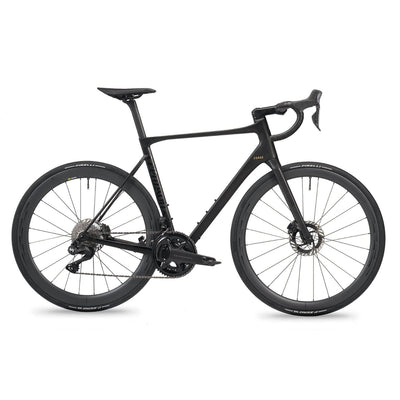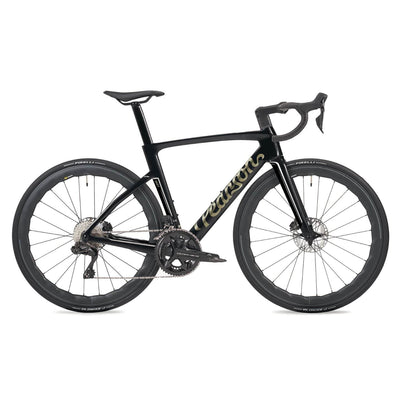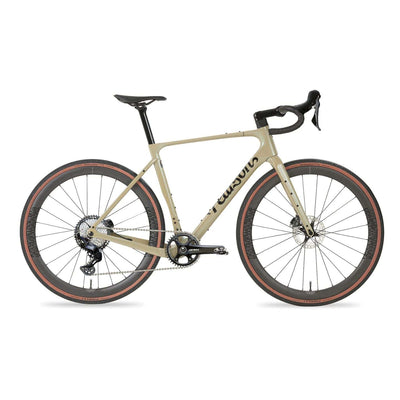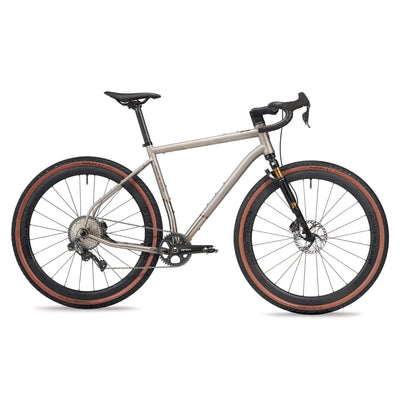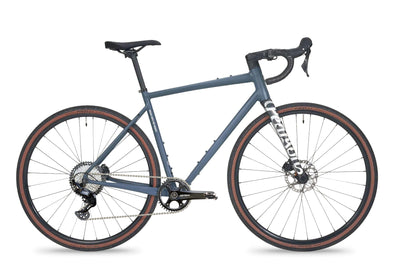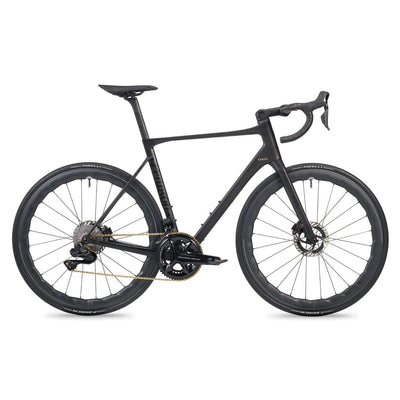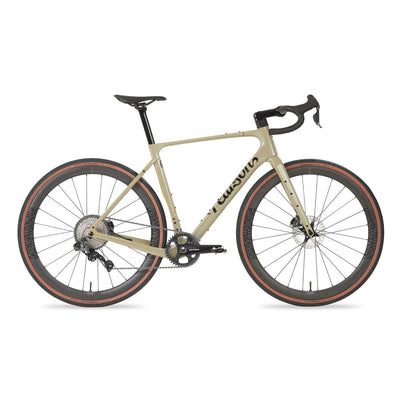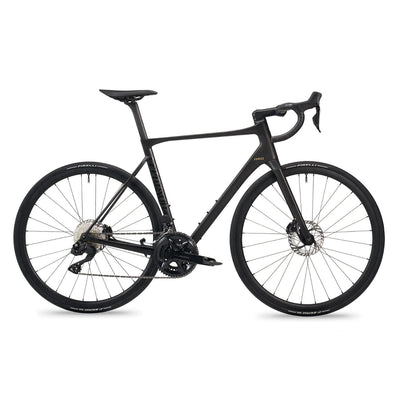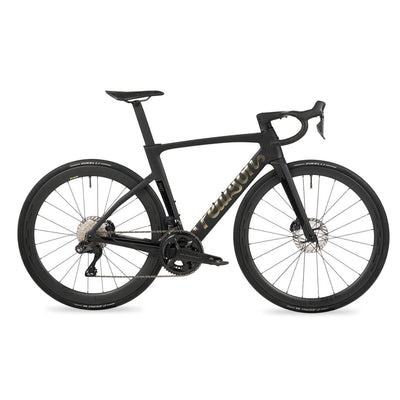NEUTRAL SUPPORT. Bikes designed for individuals.
As the world’s oldest cycling company, Pearson has spent 163 years not making bikes for women. And that’s not about to change anytime soon...
In the modern battle of the sexes, recent headlines are often commanded by things such as pay inequality. An area which gets little, which is to say no attention, is bikes. A quick spin through the websites of some of the world’s leading bike manufacturers will provide you with countless bikes designed, seemingly, for women. They might reside in a women's product category or be named specifically as the women’s edition of a particular model.

What you’re generally looking at is a man’s bike, only smaller. In the industry, we refer to this not-so precise science as ‘shrink and pink’. Put simply, the design philosophy behind many women’s bikes amounts to little more than supplying a smaller frame size and customising it with a supposedly female-friendly paint job. Such an approach might just as accurately be called ‘shrink, pink and dip’; for manufacturers with a fraction more imagination, an additional bit of shorthand for passing off men’s bikes in this way is to angle the crossbar downward a few degrees.
Those who don’t categorise products thus you could probably number on one hand. And, thankfully, one of those five digits would be reserved for Pearson. Because we don’t make ‘women’s’ bikes. As the world’s oldest bike company, we’ve always known that women don’t require different frames to men. For one thing, it’s patronising and inappropriate (OK, two things), for another, if other companies marketed their wares based on such lazy bias – cars, for example – there would be some very happy gender-equality lawyers.

At Pearson we don’t claim any particular wisdom. Well, actually we do. Based on the thousands of customers to have passed through our bike-fitting studio in the past decade or so, we understand it’s about creating bikes not for a particular gender but for individual riders. For example, it’s common among rival manufacturers to design women’s frames with steeper seat-angles. You might argue they should be doing exactly the opposite. Generally speaking, women have longer femurs than men, in relation to their overall torso length. This would suggest that, if anything, seat-angles for women riders should be shallower, in order to improve the connection between the bottom bracket and pedal axles.

Less generally speaking, some men have longer femurs than those of some women; and because Pearson is dedicated to precisely tailoring every bike we make, we wouldn’t fit a bike for a man of 5ft 2in the same way as for a woman of 6ft 3in. If further proof were needed, consider the bikes used by the best women riders. When pros such as Lizzie Deignan or Marianne Vos put down the hammer, they do so on machines dialled to perfection. Crucially, however, they are not women’s bikes per se, and don’t forget the countless male pros who prefer smaller frames as a matter of principal. As well as citing better agility and handling, smaller frames offer lower stacks, a shorter reach and better aero positions.
It goes without saying that we follow industry developments extremely closely. We’re only too happy to take advantage of components that offer genuine benefits for women riders, such as saddles shaped for comfort, or handlebars designed for narrower shoulders. And because no individual rider is the same, nor their riding requirements, there are caveats aplenty. Our gravel bikes, for example, feature wider bars across the range to improve handling on rough terrain. Just as we set up road bikes for men in search of a more aero position, ie on the narrow side. But we still don’t design women’s bikes.
Read next > What Happens During A Bike Fit?

